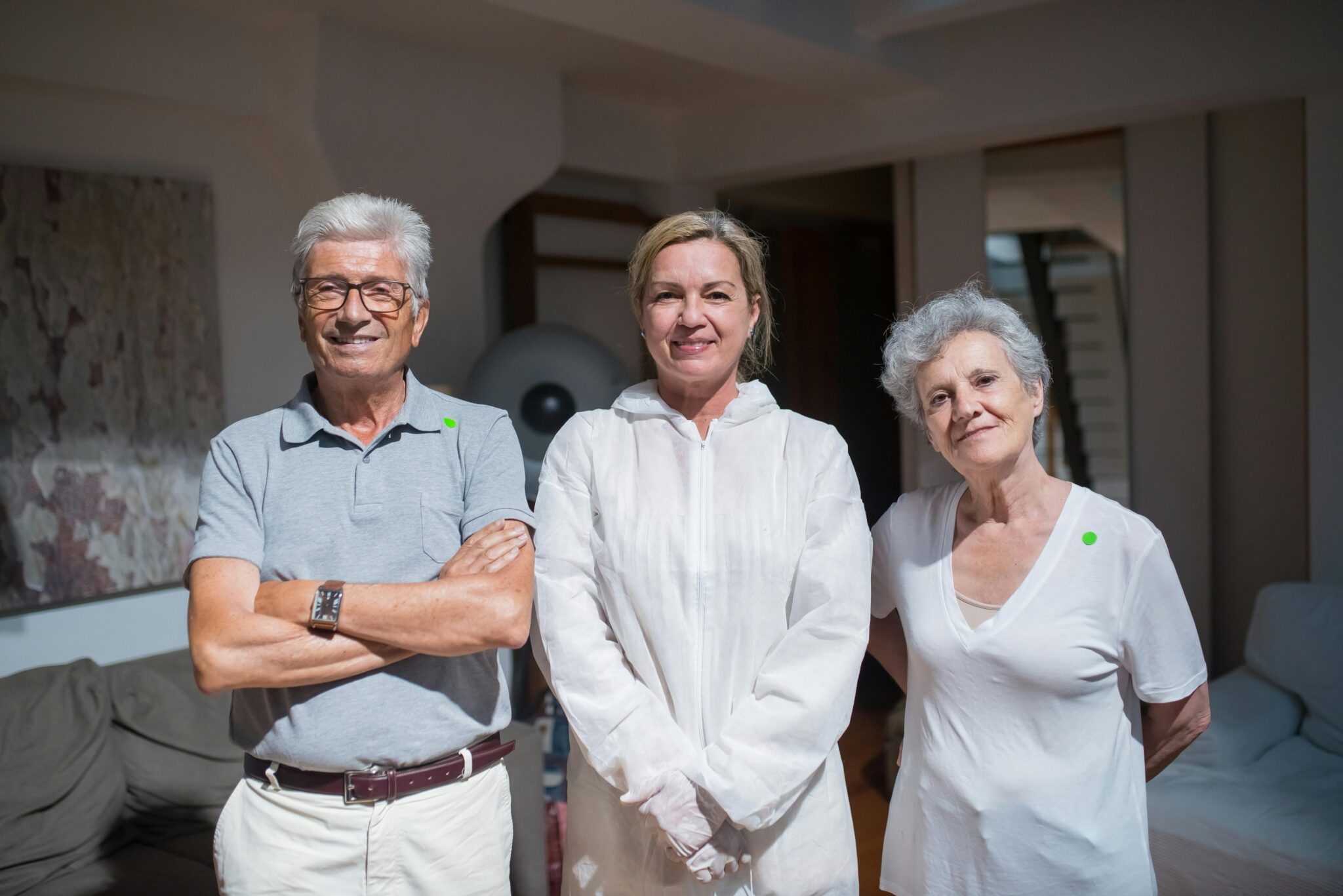When families consider assisted living for their loved ones, the focus often falls on convenience, safety, and social support. While these are certainly key aspects, what is less frequently discussed are the wide-ranging health benefits that assisted living communities can provide. These benefits encompass physical health, mental well-being, emotional stability, and quality of life. Assisted living communities are designed to assist with daily needs and promote healthier and happier lives through structured programs, supportive environments, and holistic approaches. By looking deeper into the hidden health benefits, families can better understand why assisted living is more than just a housing solution.
Physical Wellness and Preventive Care
One of the greatest health advantages of assisted living communities is access to consistent preventive care. Seniors receive routine health checkups, medication management, and timely medical intervention, which greatly reduces the risks of untreated illnesses. Unlike living alone, where health concerns might go unnoticed, trained staff members are available to monitor changes in mobility, appetite, or cognition. Preventive care measures such as regular screenings and fitness programs help residents maintain strength and stamina, lowering the risk of falls or hospitalizations. This proactive approach to health management ensures that seniors can enjoy greater independence for longer while preventing minor issues from escalating into serious health conditions.
Enhanced Nutrition and Balanced Meals
Proper nutrition plays a vital role in maintaining health, particularly for seniors, and assisted living communities prioritize this through carefully planned meals. Residents benefit from balanced, chef-prepared menus that meet specific dietary needs, ensuring important vitamins and minerals are included in every meal. Staff monitor changes in eating that may indicate health issues, providing timely adjustments to diets without disruption to daily routines. By offering nutrient-rich, flavorful meals in a social setting, these communities support physical wellness and encourage enjoyable dining experiences. This approach helps prevent malnutrition, supports energy levels, and promotes long-term health and vitality among residents.
Mental Stimulation and Cognitive Support
Cognitive health is often overlooked in daily life, but it becomes increasingly important with age. Assisted living communities emphasize mental stimulation through structured activities like art workshops, book clubs, language classes, and memory exercises. These activities help maintain sharpness and may slow the progression of cognitive decline. Staff are trained to recognize early signs of dementia or memory loss, ensuring timely care and intervention. By fostering an environment where curiosity and learning are encouraged, residents experience a sense of accomplishment and engagement that positively influences their brain health. This type of support can make a profound difference in maintaining independence and dignity.
Social Engagement and Emotional Well-Being
Loneliness and isolation can have detrimental effects on seniors’ mental and physical health. Assisted living communities address this by offering built-in social opportunities that help residents form meaningful connections. From group outings and recreational events to simple conversations during communal meals, residents are encouraged to stay socially active. These interactions reduce the risks associated with isolation, such as depression, anxiety, and even cardiovascular disease. Emotional well-being improves when seniors feel they are part of a community, valued, and understood. The supportive social environment nurtures a sense of belonging, which in turn promotes resilience, optimism, and happiness in day-to-day life.
Physical Activity and Mobility Support
Staying active is critical for healthy aging, and assisted living communities create safe, accessible opportunities for exercise. Whether it’s walking clubs, yoga classes, or tailored physical therapy, residents are encouraged to maintain mobility at their own pace. These programs strengthen muscles and improve balance, help reduce chronic pain, and support cardiovascular health. With professional guidance, residents can engage in physical activity without fear of injury. Mobility assistance tools and adaptive equipment make it easier for seniors to move safely and confidently. The combination of structured exercise and supportive care leads to greater independence and long-term vitality.
Reduced Stress and Peace of Mind
Living independently in later years often brings stress related to home maintenance, safety concerns, or the burden of managing complex health routines. Assisted living communities relieve these worries by providing a secure and supportive environment. Residents no longer need to stress about cooking, cleaning, or emergency responses, as these needs are managed by professionals. This reduction in daily stress allows seniors to focus on activities they enjoy and relationships they value. Families gain peace of mind knowing their loved ones are safe, cared for, and thriving. Lower stress levels translate directly into improved immune function, better sleep, and enhanced health.
Assisted living communities offer an environment where health and wellness are actively nurtured. From preventive medical care and balanced nutrition to mental engagement, social connection, physical activity, and stress reduction, the benefits are comprehensive and life-enhancing. For seniors and their families, recognizing these hidden health advantages can transform the decision-making process, showing that assisted living is a practical choice and a path to healthier, happier aging.
Published by HOLR Magazine.




